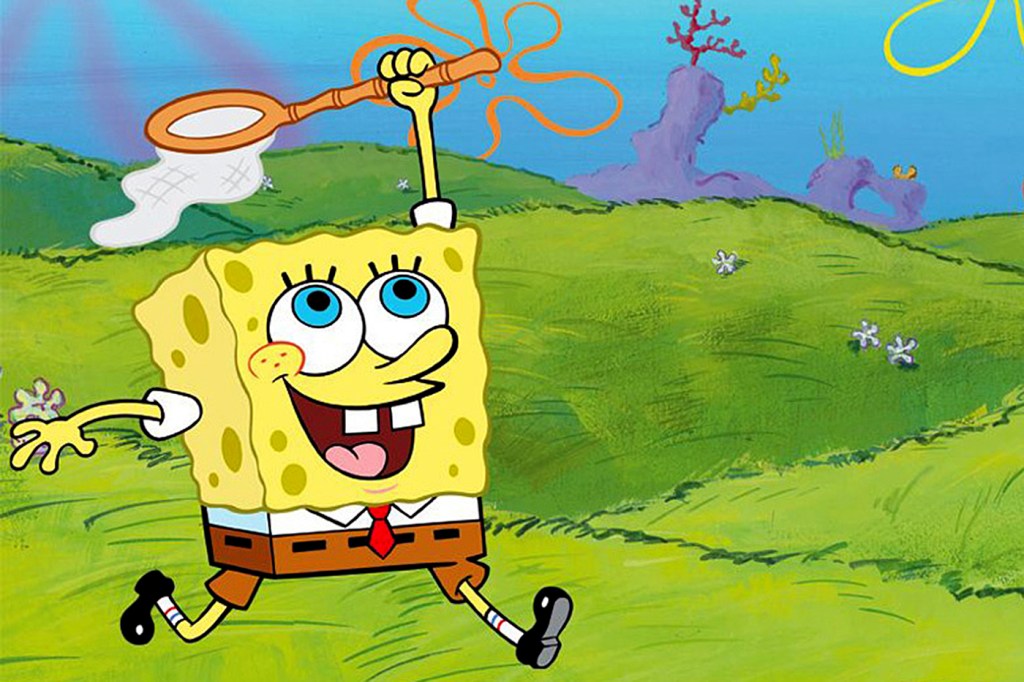What SpongeBob SquarePants creator Stephen Hillenburg taught us about growing up

Stephen Hillenburg, who created SpongeBob SquarePants, died this week at 57 years old. But the underwater world he constructed is more than just a Nickelodeon cartoon about a business-casual sea sponge and his aquatic friends; it’s “a guide for growing up,” said Jason Donati a visiting associate teaching professor at Northeastern.
Donati, also an award-winning animator, said he was struck by the mix of animation styles that the show’s artists blended seamlessly into the cartoon.
“The show has this beautiful painterly background with a cleaner style for the characters, as well as extreme close-ups that were very detailed,” Donati said. The mix of three very different animation styles wasn’t new, he added, but the extent to which Hillenburg blended them into one show certainly was.
The show first aired in 1999, in an era that Donati called “the beginning of a huge burst of 3-D” animation in both movies and TV. Hillenburg’s choice to stick with 2-D animation “helped keep it alive,” Donati said.

SpongeBob is “a guide for growing up,” said Jason Donati a visiting associate teaching professor at Northeastern. Photo by Matthew Modoono/Northeastern University
Donati said he regularly watches the show with his two sons, aged 8 and 10, who have been able to find common ground with their dad in the trials and tribulations of an aquatic creature who lives in a pineapple under the sea.
“It’s a show with a script that speaks to the young and the mature at once,” Donati said. “It wasn’t a kid show with a joke here and there for the adults, nor was it an adult show with cartoons.”
It’s also a show that has sparked important conversations with his two children, Donati said.
He recalled watching an episode with his sons called “Rock-A-Bye Bivalve” wherein SpongeBob and his best friend Patrick (a starfish) adopt a baby clam. The two friends, both ostensibly male, start to take on “traditional gender roles,” Donati said—SpongeBob stays at home and cares for the baby, while Patrick goes to work each day.
“My kids saw SpongeBob at home and had a lot of questions, asking if it was OK for men to do these kinds of things. We had this really interesting conversation with my boys about what it takes to raise a child, and sort of breaking down those notions” of separate mom- and dad duties, Donati said.
SpongeBob’s sweetness—the way SpongeBob and Patrick ultimately resolve their parenting differences, for example—is hard to find in more modern cartoons, Donati said, another thing that makes the show special.
“I think we all have this idea of having to act a certain way at certain ages to be cool, and SpongeBob did the opposite,” he said. “He chose to look at only the things that made him happy, for better or for worse.”




